Ereveld Kembang Kuning, a serene war cemetery nestled amidst the vibrant life of Surabaya, stands as a poignant testament to the sacrifices made during tumultuous times in history. Located between a public cemetery and surrounding urban area, Kembang Kuning war cemetery is distinguished by its naval heritage, often referred to as the naval war cemetery. This is largely due to the presence of the Karel Doorman monument, which stands as a tribute to the naval victims of the Battle of the Java Sea. This hallowed ground holds the memory of over 5,000 individuals, including sailors, soldiers, and civilians, whose stories are interwoven with the fabric of war.
Video: How to get to Ereveld Kembang Kuning
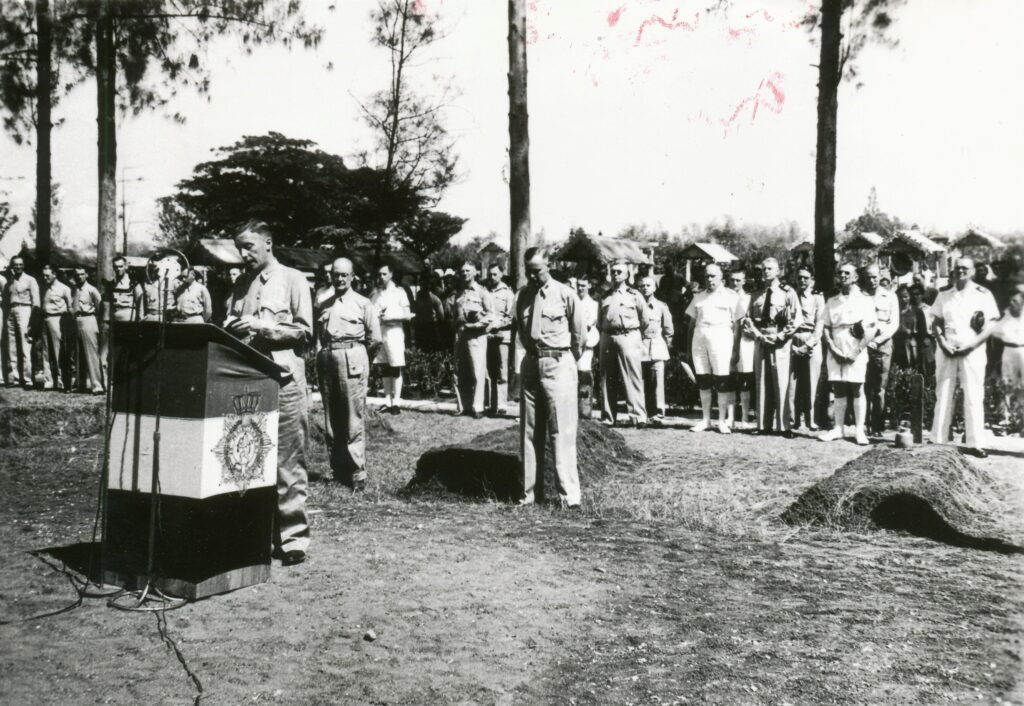
Kembang Kuning war cemetery was officially established on 8 March 1947, initially built to commemorate the civilian victims of World War II internment camps in East Java, as well as members of the Royal Netherlands East Indies Army (KNIL), The Royal Netherlands Army, and the Royal Netherlands Navy who perished, weaving together the diverse narratives of those affected by the war. The layout of the cemetery, thoughtfully designed within the constraints of its natural surroundings, provides a peaceful setting for reflection and remembrance.
Over time, the cemetery became a final resting place not only for those who died in the immediate vicinity but also for many whose remains were brought from elsewhere in the archipelago. Initially, the Graves Registration Unit of the KNIL developed 22 war cemeteries across Indonesia. However, in a significant consolidation effort during the 1960s, at the request of the Indonesian government, these war cemeteries were merged into the current seven war cemeteries in Java, including Kembang Kuning.
This cemetery, in particular, has seen the reburial of war victims from Tarakan (1964), Kupang (1966), Ambon (1967), Balikpapan (1967), Makassar (1968) and Nieuw Guinea (1974).
A poignant chapter in the cemetery’s history is the evolution of the Karel Doorman monument. Initially, a temporary wooden monument honoured Rear Admiral Karel Doorman and his navy comrades, symbolizing their bravery in naval battle. This was later replaced by the current, more enduring monument designed by architect W.J.G. Zeedijk, unveiled on 7 May 1954, thereby enhancing the cemetery’s identity as a naval war memorial, and enriching its historical narrative.
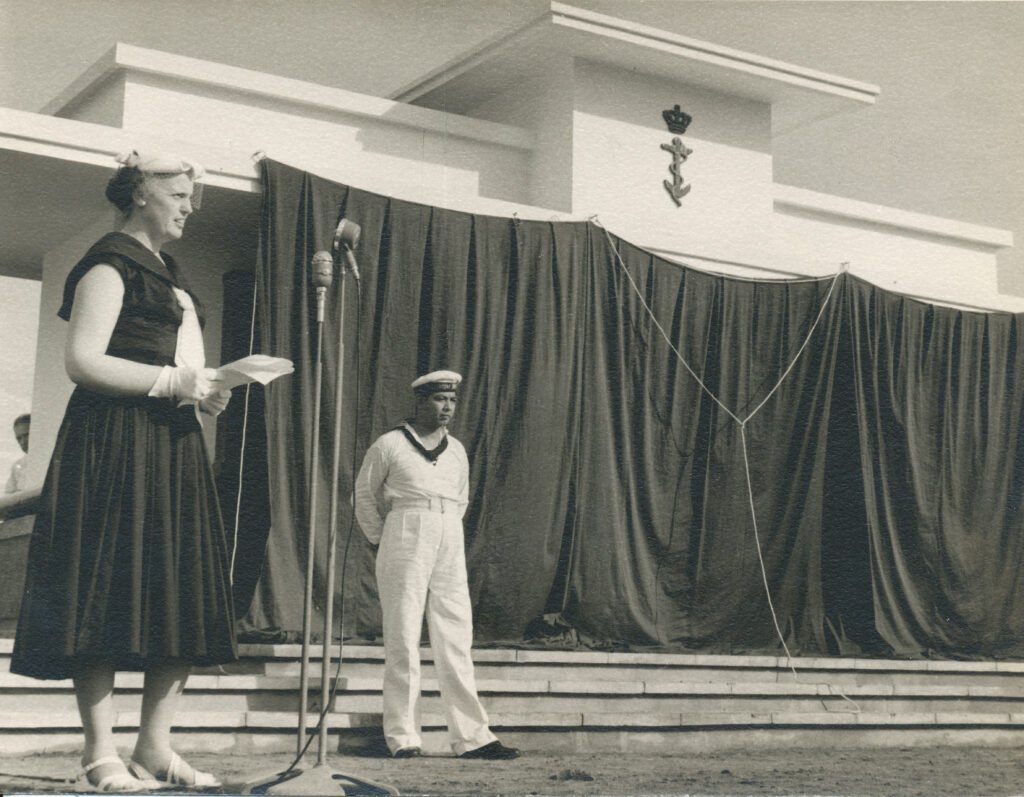
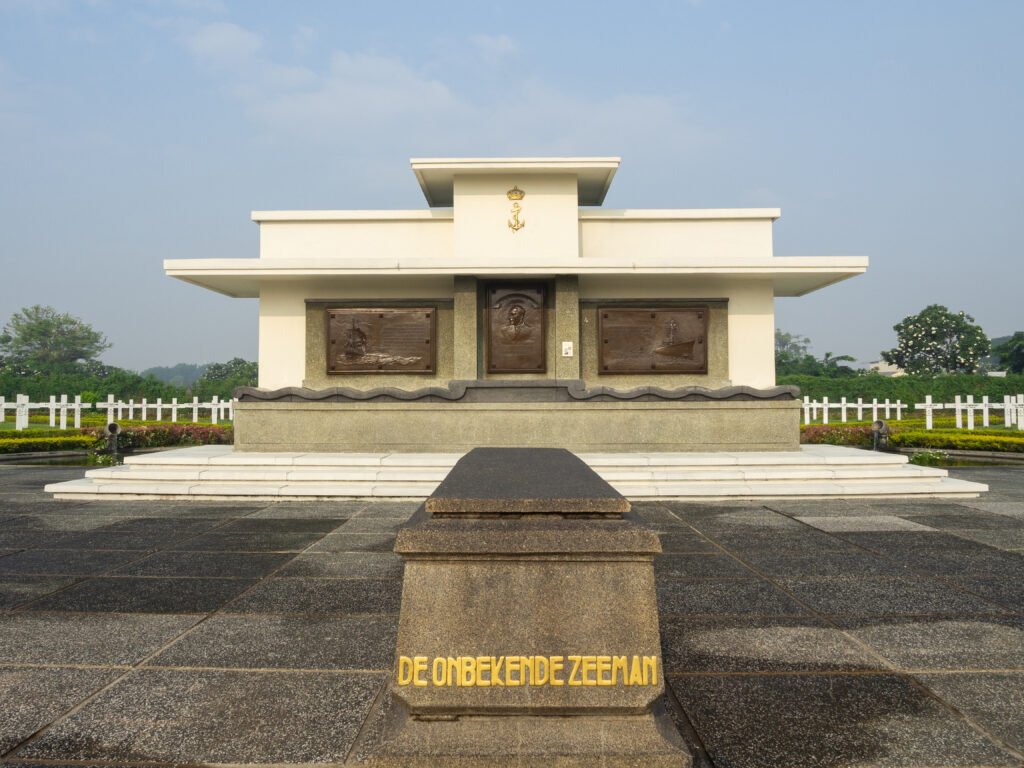
At the heart of Kembang Kuning war cemetery stands the Karel Doorman Monument, a dignified tribute to the naval personnel who valiantly fought in the Battle of the Java Sea on 27 February 1942. The monument captures the spirit of Rear Admiral Karel Doorman and his navy comrades through its central plaque, which bears his likeness and his legendary command, “I attack, follow me” (sometimes mentioned as “All ships, follow me”). The monument’s plaques also pay homage to historical naval ships and the courageous men who did not return from sea. The presence of 15 bronze plates listing the names of 915 navy personnel who vanished with their ships serves as a moving reminder of the ultimate sacrifice for duty.


A tribute to the bravery and commitment of the Netherlands Marine Corps of the Royal Netherlands Navy.




Serves to recognise the crucial role of the individuals in the Royal Netherlands Naval Aviation Service (MLD).


Serves to recognise the crucial role of the Royal Netherlands Naval Aviation Service (MLD).




The Fleet Monument commemorates the 356 Navy personnel from nineteen Dutch naval ships who lost their lives during World War II in the former Dutch East Indies between 8 December 1941 and 9 March 1942. These individuals have no known final resting place, and their names are not mentioned elsewhere.


This monument is dedicated to all those who sacrificed themselves during the war but are not specifically mentioned or buried at the cemetery. This memorial serves as a respectful acknowledgment of the many individuals who paid the ultimate price, ensuring their memory is honoured and their sacrifices are not forgotten.


This monument is dedicated to all those who sacrificed themselves during the war but are not specifically mentioned or buried at the cemetery. This memorial serves as a respectful acknowledgment of the many individuals who paid the ultimate price, ensuring their memory is honoured and their sacrifices are not forgotten.
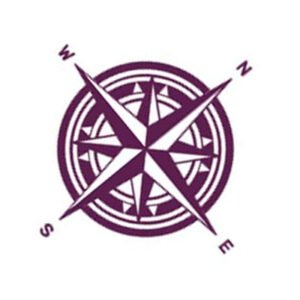
 Main Gate
Main Gate
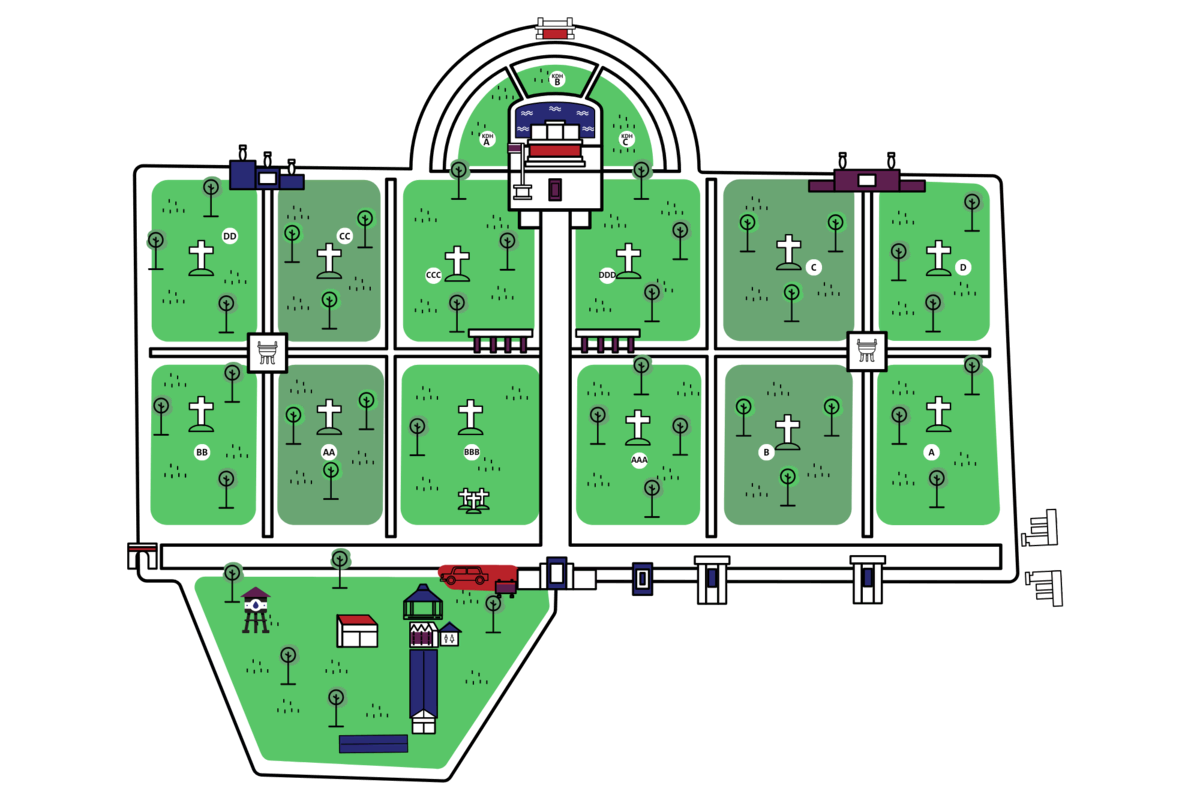
 Marince Corps Memorial
Marince Corps Memorial
 Navy Memorial
Navy Memorial
 Batu Peringatan untuk Dinas Penerbangan Angkatan Laut KErajaan Belanda (MLD)
Batu Peringatan untuk Dinas Penerbangan Angkatan Laut KErajaan Belanda (MLD)

The Royal Nethelands Naval Aviation Service (MLD) Monument
 Parking Area
Parking Area
 Information Signs
Information Signs
 Pendopo, Information Centre & Guest Book
Pendopo, Information Centre & Guest Book
 Toilet
Toilet
 Ereveld Kembang Kuning Manager's Office
Ereveld Kembang Kuning Manager's Office

Grave Sign Workshop
 Flagpole
Flagpole
 Pergola
Pergola
 Pergola
Pergola
 Symbolic Tomb for the Unknown Sailor
Symbolic Tomb for the Unknown Sailor
 Fleet Monument
Fleet Monument
 Karel Doorman Monument
Karel Doorman Monument

Pond with Water Fountain
 Justice and Peace Monument
Justice and Peace Monument

"So They Can Rest With Honour" Monument
General Visit:
During visiting hours, Kembang Kuning war cemetery welcomes individuals and small groups to the serene grounds at their own pace, taking time to reflect on the histories and stories that the war cemetery holds. The tranquil paths and solemn monuments provide a contemplative environment for all who come to pay their respects.
Group Visitation and Tours:
For those interested in a more structured visit or group tours, it’s important to note the staff’s working hours. During these times, we may be able to accommodate group visits with a guided tour led by the war cemetery manager (with prior notice and confirmed availability). These tours offer a deeper insight into the significance of the site and the stories of those commemorated here, making them ideal for educational groups, organisations, or anyone looking to understand more about this historical site.
Guided Tours with Partner Organisations:
For visitors whose schedules do not align with our staff working hours, or who prefer a professional guided experience, we have partnered with reputable local guides in Surabaya. Please let us know if you’re interested and we will redirect you to our partners.
If you’re interested in learning about the types of visits available at the war cemetery, please visit our Visit Us page.
Media coverage, research, flying drones, professional photography sessions and conducting events within the war cemetery requires permission. We appreciate your understanding and cooperation in maintaining the sanctity of this solemn space.
Every day, 7:00 AM to 5:00 PM
Webdeveloper.id menyediakan jasa pembuatan website profesional untuk bisnis Anda yang mencakup desain modern dan kekinian. Dengan pengalaman lebih dari 1500+ project dan portofolio yang kuat, kami memastikan situs web Anda akan menonjol dan memenuhi kebutuhan bisnis Anda.